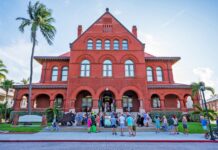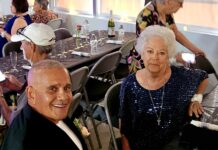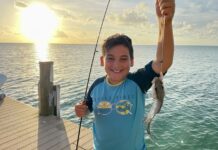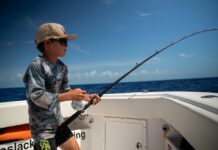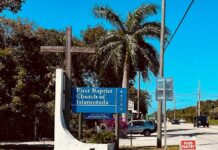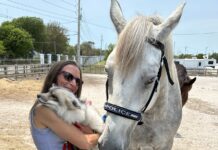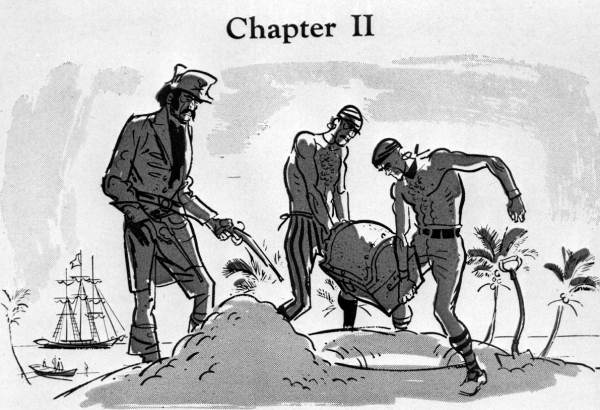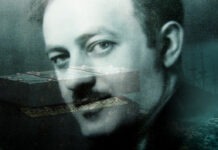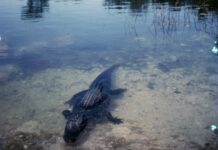Upper Keys History
Tales of buried treasure have been whispered around the Florida Keys since barstool historians first began sipping rum. Actual instances of treasure discovered buried on the islands are few and far between for a number of reasons including “Mums the word.” On Feb. 1, 1938 there was a story submitted by Ed. J.C. Roberts to the Federal Writer’s Project titled “Buried Treasure.” Roberts wrote of a hired hand identified as Kewley Culmer who worked for the Russell family on Upper Matecumbe Key. One day, while gardening and pulling a clump of weeds, he unearthed 27 pieces of gold and silver. A trusted worker, he turned the find over to the Russell family, who speculated the coins were worth the tidy sum of $1,000. It was suspected there was more treasure, somewhere. According to Roberts’ account, the Russells believed “the treasure would be found in an iron-bound barrel, set upon two stones, and will be under a solid covering of brick and concrete.” Their suspicions were later fortified when a stranger showed up with a chart said to have been given to him by a Spanish family. The chart led the group to a likely spot, though the rest of the treasure was never found.
Marathon History
In the days that followed the opening of Henry Flagler’s Over-Sea Railroad on January 22, 1912, several events transpired as the direct result in the Marathon area. According to notes put together by Carlton Corliss, an early Marathon historian, it was January 27, 1912 when a motion picture outfit traveled aboard a special train that left Key West, bound for Miami, that would become the first to film the Key Vaca and Marathon area. The camera was secured to the platform of a passenger coach car. Two days later, on January 29, a man named Tom Jones, who had been celebrating the opening of the railroad, drank himself to death and became the second man to be buried at the first white burying ground in Marathon. On January 30, the Knights Key Post Office, previously the terminus of the Over-Sea Railroad, was closed and the mail rerouted to the Marathon Post Office that had opened on February 23, 1909.
Key West History – Piracy Prevention
On March 3, 1819, “An Act to Protect the Commerce of the United States, and Crimes of Piracy” was signed into law. The act authorized President Monroe to create a unit of the Navy that would become the West Indies Squadron. The unit formed on Dec. 20, 1822 and was compelled to protect the citizens of the United States, suppress piracy and combat the slave trade. James Biddle was named the squadron’s first commander. Biddle employed heavy-drafted ships incapable of pursuing the shallow-draft vessels preferred by pirates better equipped to navigate the shallow nature of the local waters’ shoals and coral reefs. Ultimately, Biddle’s methods proved inadequate. That would change when Commodore David Porter was assigned command of the West Indies Squadron on Feb. 1, 1823. Porter was told to establish a military depot at Thompson’s Island (more commonly known as Key West), unless he could identify a more suitable locale. The American flag was raised at 8 a.m. on April 6, 1823. Seventeen guns were fired in salute.

